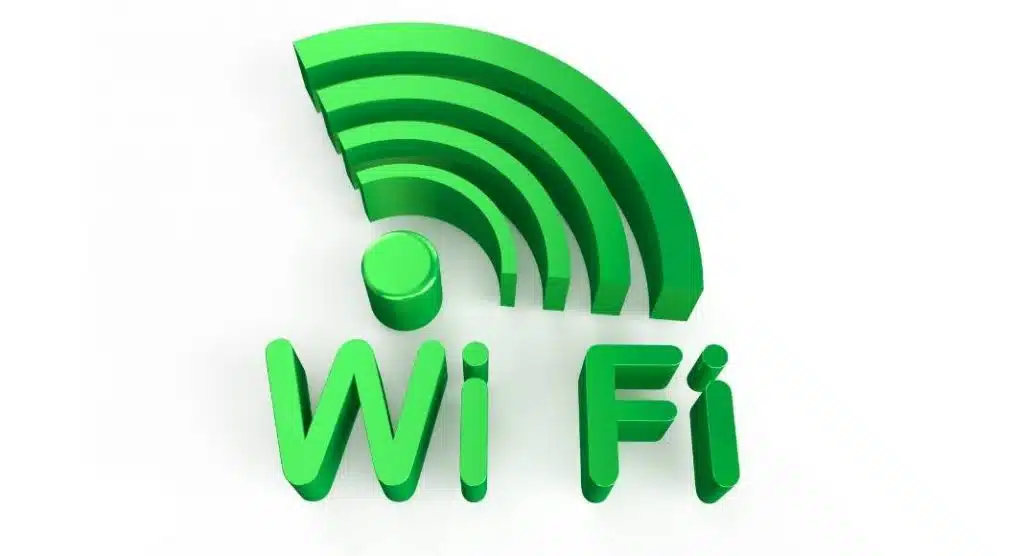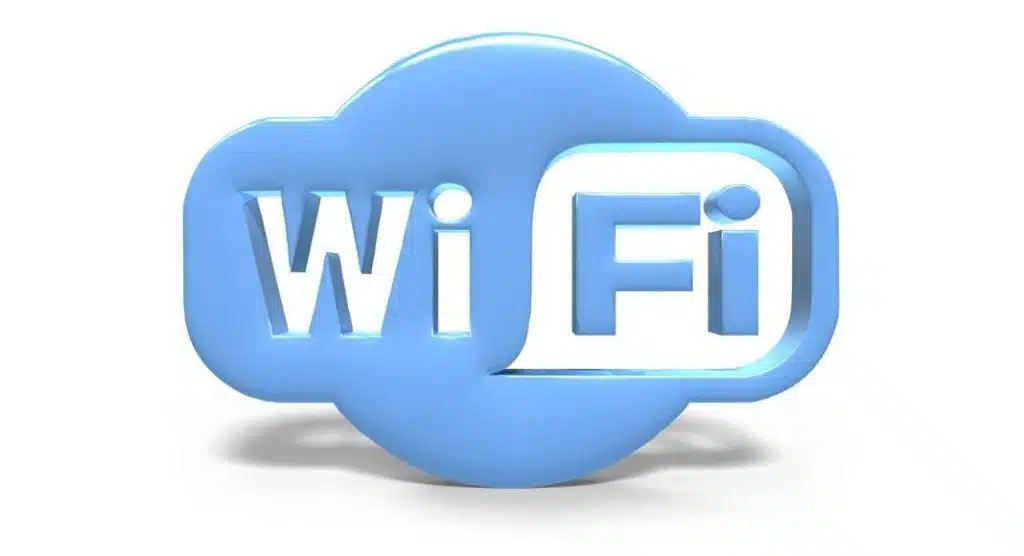We Need to Know Everything About Current Wi-Fi Standard
By TOI Desk Report
February 27, 2022
Update on : April 11, 2023

What do we know about Wi-Fi 5, Wi-Fi 6 and Wi-Fi 6E?
Wi-Fi, an important technology in the current world, is being used randomly every day, whether in streaming music on people’s phones or in scrolling through twitter on their computers.
But there are some different Wi-Fi standards and those do not consume internet data in similar way and as of which, some standards are faster and some devices support only one standard instead of others.
Rather, it is wise to know what a Wi-Fi standard is exactly and why should we care of it?
Let’s know, what is a Wi-Fi standard?
A Wi-Fi standard is nothing but a set of devices including router as well as other network equipment and both make sure to work together complying with the respective rules and regulations.
The Electrical and Electronics Engineers (IEEE), professional a non-profit organization that is regulated by the Wi-Fi Alliance, created a standard of Wi-Fi.
Wi-Fi ensures making difference from other standards of wireless like 5G or 4G connections in Smartphones or Bluetooth.
All the three standards depend on radio waves but 4G or 5G and Bluetooth do not do the same. Furthermore, no Wi-Fi is compatible with any Wi-Fi standard.
The devices those support the Wi-Fi are branded as Wi-Fi with a version number like as Wi-Fi 5 and Wi-Fi 6.
The current Wi-Fi devices that are being sold in the market across the world right now are Wi-Fi 5 and Wi-Fi 6 and those are supported by the Wi-Fi standards.
The Wi-Fi 5, first released in 2014, is an older and small capable standard while the Wi-Fi 6 was launched in the market in 2019 and thus it is newer and quicker than Wi-Fi 5.
The accurate variation between Wi-Fi 5 and Wi-Fi6 depends on people’s home network but according to experimentation, it is found that the Wi-Fi 6 is often much faster than the Wi-Fi 5.
When an age-old Wi-Fi 5 router, like the TP-Link Archer A7, can hit pace up to 450Mbps in real-world conditions, at the same time, an alike Wi-Fi 6 router, like the TP-Link AX50, may attain nearly 700Mbps.
The user should think less over the dropping or slowing signals as the Wi-Fi 6 can be apt in long-range.
There are so many technical reasons for the progress and the improvements but those are simmering to the efficiency. A Wi-Fi does not send a smooth, consistent flow of data instead of sending data in bursts. Read also about the Top 10 Scientific Innovations.
The Wi-Fi 5 can send only data to one device, per Wi-Fi channel, with each burst, while the Wi-Fi 6 can send data to multiple devices with each burst.
Jamming is less of an issue for the Wi-Fi 6 while the Wi-Fi 5 devices have to wait for a channel to be clear before disseminating data. The Wi-Fi 6 knows whether the interfering of transmission is happening from its own network. If it is not, it will carry on its transmission.
After all, the change means the Wi-Fi 6 can send more data reliably than the Wi-Fi 5. At the same time, the Wi-Fi 6 is more safe and secured than the Wi-Fi 5, as it supports the WPA3 security standard.
It lessens the vulnerability of WPA2 from brute force attack and enables encryption in network trafficking even among devices connected to the similar network. The WPA2 can do it, but it was optional.
Now Wi-Fi 6 vs. Wi-Fi 6E
The Wi-Fi 6E is a version of the Wi-Fi 6. It is based on the same technical standard as like as the Wi-Fi 6E (802.11ax). But it adds a 6GHz radio band. It is adding to the 2.4GHz and 5GHz bands people may notice on their existing Wi-Fi network.
The 6GHz band can achieve a higher pace than the regular Wi-Fi 6 because it uses a higher radio frequency. With less interference, it also uses a radio spectrum which can improve reliability indeed.
Though, it is not all good news, the 6GHz band can have more problems with obstructions than the 2.4Ghz and the 5GHz bands, so it can be untrustworthy at longer ranges or within the thick walls.
The better performance of the 6GHz band is consequential, but the pattern of its device support is still rare and the Wi-Fi 6E routers are also expensive. It will begin changing through 2022 and within 2023.
Wait…what is 802.11ax?
Wi-Fi versions are used to be publicized by the name of the technical standard, 802.11, with a new version earning an affix, like 802.11g or 802.11b.
Finally, the Wi-Fi Alliance realized it was impenetrable to most of the people and rebranded Wi-Fi as, well, Wi-Fi. The newer versions have a higher version number and thus, it can be said again that the Wi-Fi 5 is older than the Wi-Fi 6.
For example 802.11ax and Wi-Fi 6, are the same thing as 802.11ax is the name of the technical standard while Wi-Fi 6 is the branding routers and advertising devices.
Should we upgrade Wi-Fi standard?
It can be said that the Wi-Fi 6 is better than the Wi-Fi 5 while the Wi-Fi 6E is the best one in the market right now. Despite this, should we jumble to Amazon and buy the Wi-Fi 6 or the 6E router right away?
The recommendation is if it is not broken down, do not fit it approach. There is no need to upgrade if the people are already happy with the Wi-Fi at their homes. But if there is a room where the signal is spotted or download speed is often below what a PC wired directly to your internet modem can achieve, only then an up-gradation can help you.
Backwards compatibility and Wi-Fi standard
So you have determined to improve your Wi-Fi network, do you have also need to upgrade your devices?
Wi-Fi is a backward compatible, new standard and also a supporter of older standards devices. It is technically possible for the Wi-Fi 6 to support all standards dating back to the 802.11a/b standards from 1999.
Though, when the new Wi-Fi routers and devices will be compatible with the older standards, it will work at the slowest pace supported by two connected devices.
Like as, a Wi-Fi 5 device linked to a Wi-Fi 6 router will offer Wi-Fi 5 rapidity and the same will be true if the roles are switched. Both the router and the device linked to it will support the Wi-Fi 6 to use the Wi-Fi 6. It also will be true for the Wi-Fi 6E and future Wi-Fi standards.
Breaching it all down
Is there a bit of confusion? Here is what you must know.
The Wi-Fi standards are defined by a version of numbers like the Wi-Fi 5 and the Wi-Fi 6. An upper number is better in this regard. The new Wi-Fi standards are faster and more dependable.
Wi-Fi is a backward compatible technology and thus the old and the new devices can work together. You can also read more about Mobile Services Manager.
But performance will be limited to the sluggishness of the two connected devices.
The Wi-Fi standards can be unapproachable, but it will be understandable and its basics will be meaningful. Deciding on the devices that support the updated Wi-Fi standard can send a noticeable boost to both reliability and network performance.
















